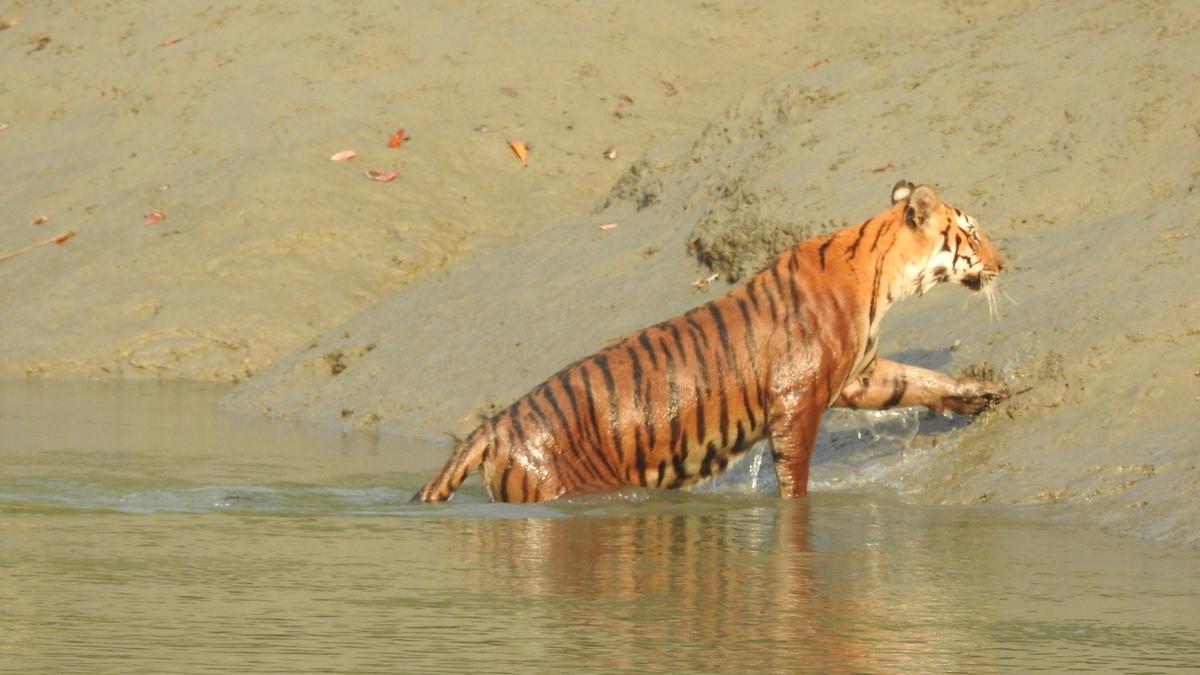
Sundarbans Wetlands, West Bengal.
| Photo Credit: Wikimedia Commons
Nature has endowed our planet with a diversity of habitats. One such is wetlands. As the name suggests, these aquatic habitats absorb rainwater like a sponge and release it gradually throughout the year, even during hot summer months. They include lakes, natural or man-made, and mangroves. Wetlands act as kidneys of the habitat by purifying water, sequester huge amounts of carbon (thereby mitigating climate change) and help with irrigation, thus assuring food security.
India has an incredible number of wetlands, of which 85 have been declared as Ramsar sites. What are Ramsar sites? According to the Ramsar convention of UNESCO, they are wetlands that are considered world over as valuable ecosystems supporting a plethora of fauna and flora and are protected by the government of that country. Take a look at some of the more famous ones.
Sundarbans, West Bengal
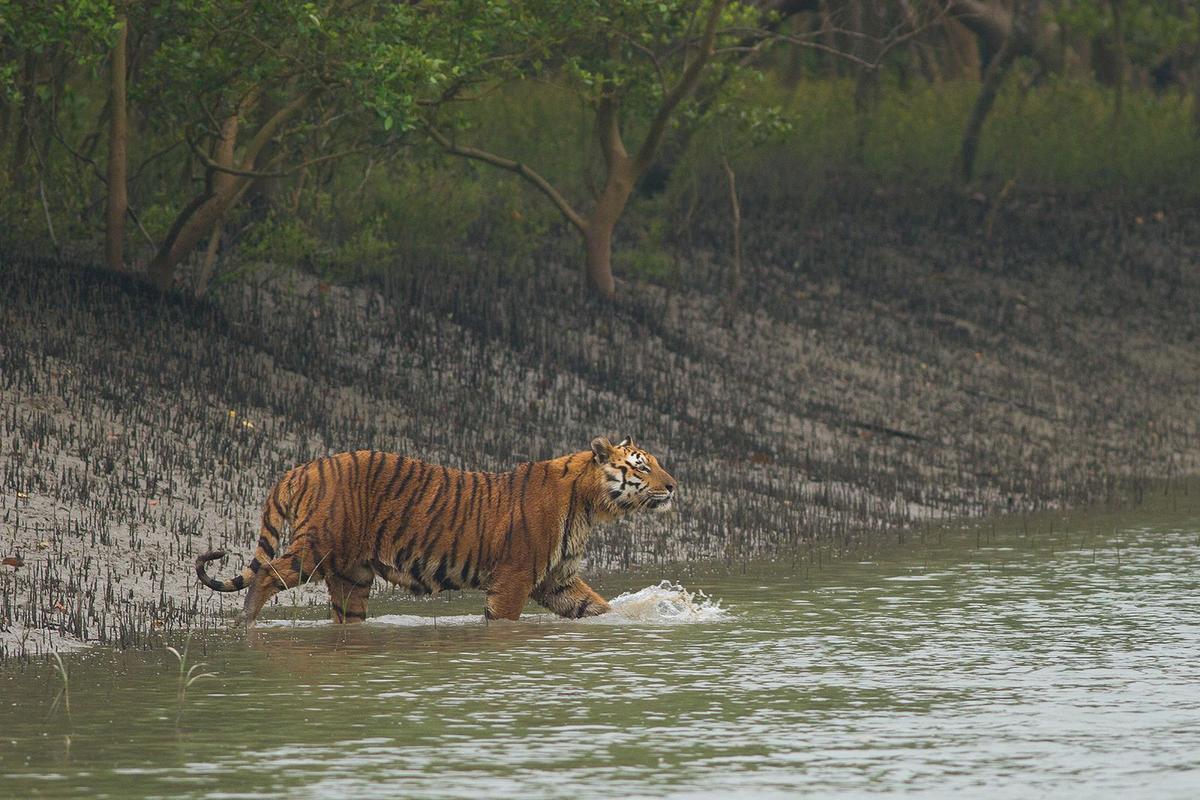
The Royal Bengal Tiger in the Sunderbans
| Photo Credit:
Wikimedia Commons
The largest wetland in the world, it is the only place in the world where one can see the Bengal Tiger swimming across creeks. Sundarbans is abuzz with insects, especially honey bees, that swarm to the mangrove plants. Here, one can hear the symphony of various bird songs punctuated by the raucous cackling of different species of kingfisher: Common Kingfisher, Black-capped Kingfisher, Stork-billed Kingfisher, Brown-winged Kingfisher, Ruddy Kingfisher and Collared Kingfisher. You can also see Mudskippers leap, skip and walk with their fins, and Fiddler Crabs wave their one large claw to attract females.
Chilika Lake, Odisha
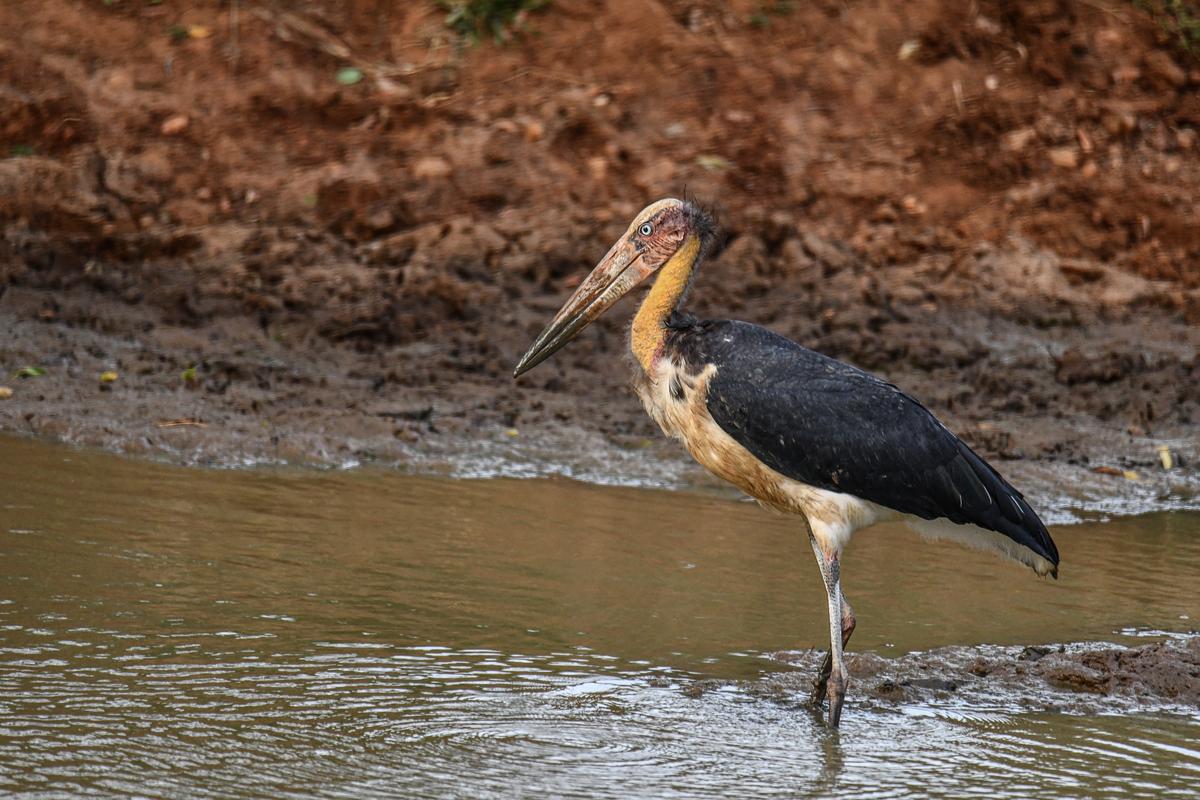
Lesser Adjutant at Chilika, Odisha
| Photo Credit:
Wikimedia Commons
The country’s largest brackish lake is a stop-over for innumerable migrating birds during winter. Indian Skimmers, Grey Pelicans, Lesser Adjutants, Black-tailed Godwits, Darters, Black-necked Storks and others come all the way from Siberia and Eastern Europe and party on the abundant food available including fish and other aquatic creatures.
Nal Sarovar, Gujarat
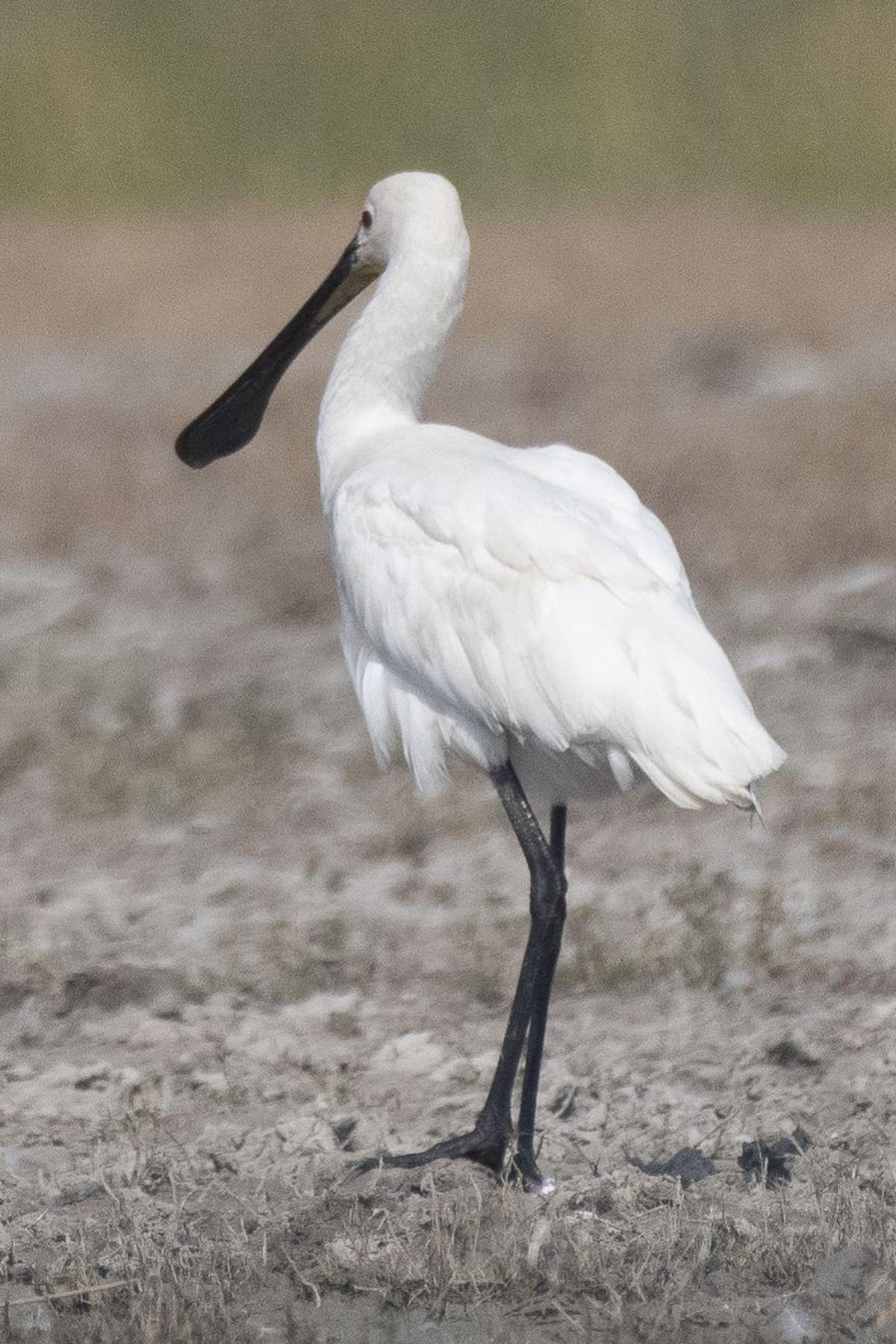
Spoonbill at Nal Sarovar Lake, Gujarat
| Photo Credit:
Flickr
In the fifteenth century, this wetland was created by the construction of a check-dam across the Sabarmati. This invited its own share of water fowl. Watch spoonbills skim the marsh for crabs with their spoon-like bills, openbills that have a gap in their bills, scooping up fish from just under the water’s surface, and ducks upending to grab their meals from within the water.
Airoli, Maharashtra
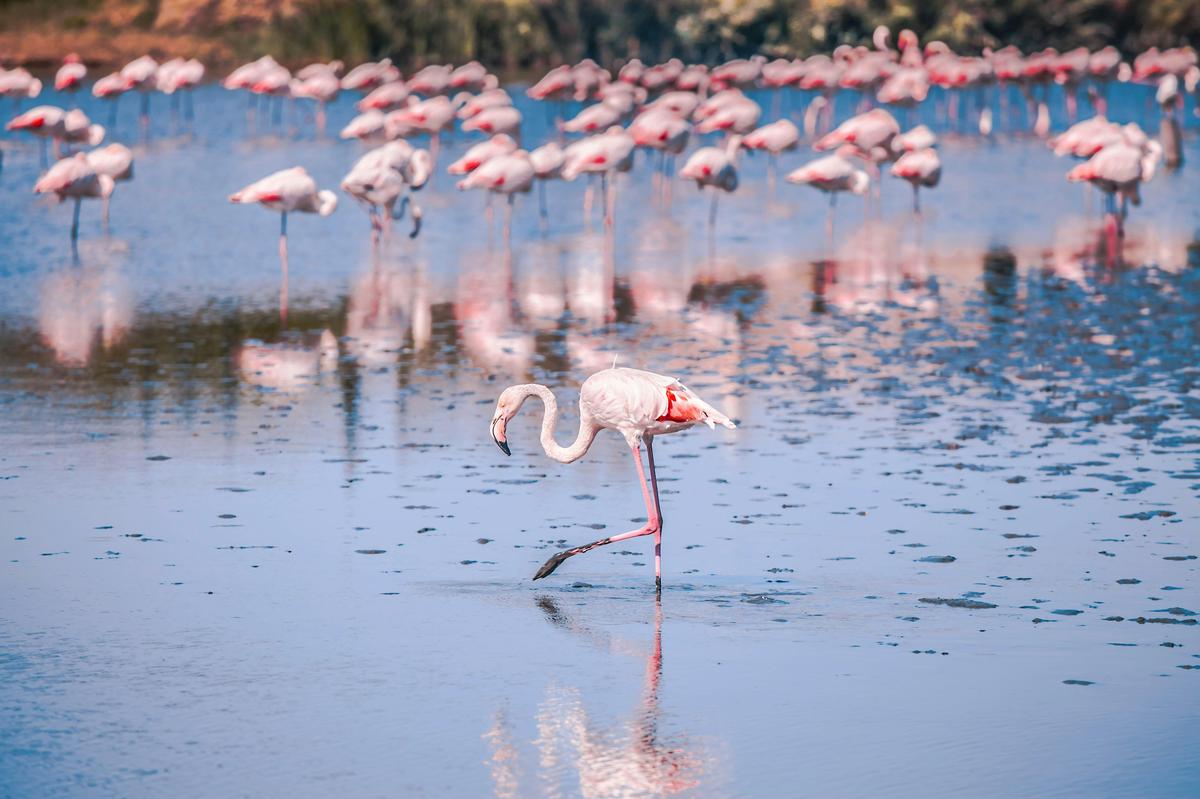
Flamingos at Mumbai’s Airoli
| Photo Credit:
Pexels
Found in the busy metropolis of Mumbai, this iswhere thousands of flamingos search the marshes to filter out crustaceans and algae. They offer a glorious sight, appearing like pink flames.
Did you know?
World Wetlands Day is celebrated on February 2 every year. The theme for 2025 is “Protecting wetlands for our common future.”
Published – January 31, 2025 10:00 am IST
